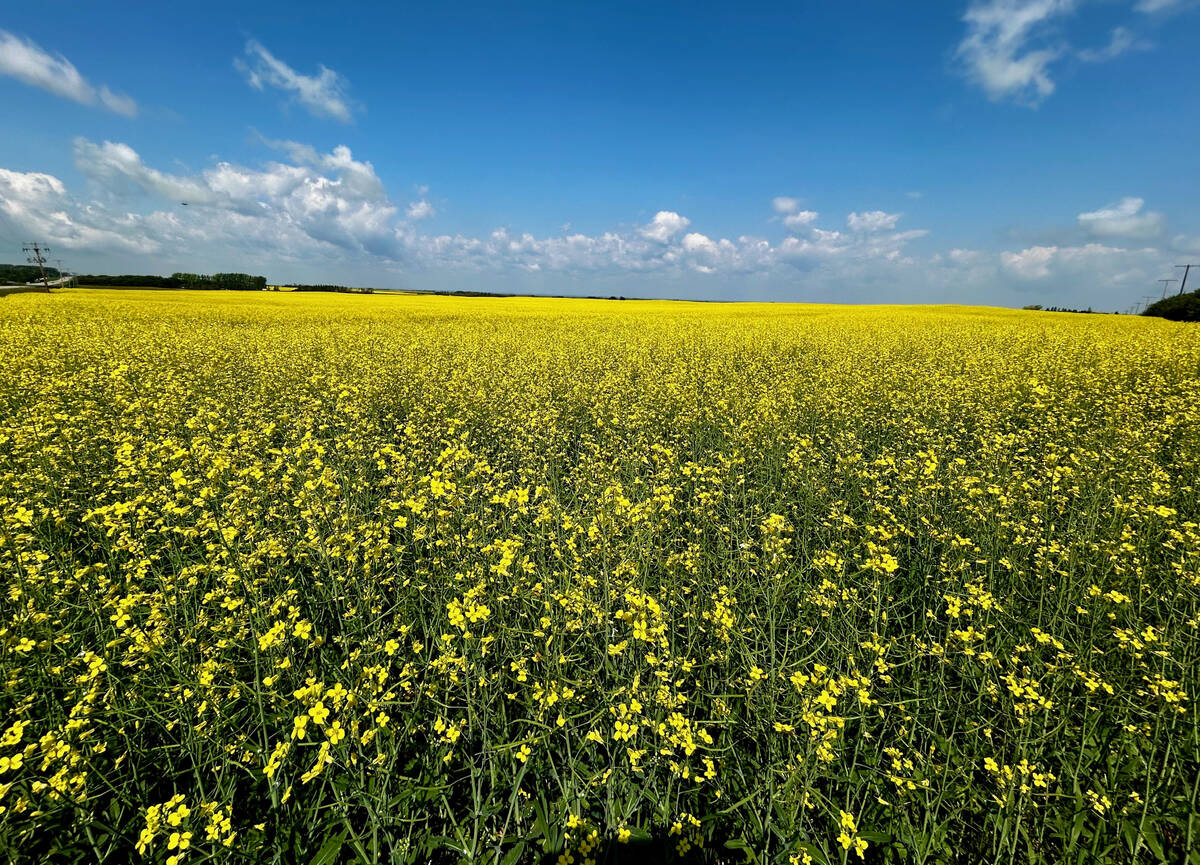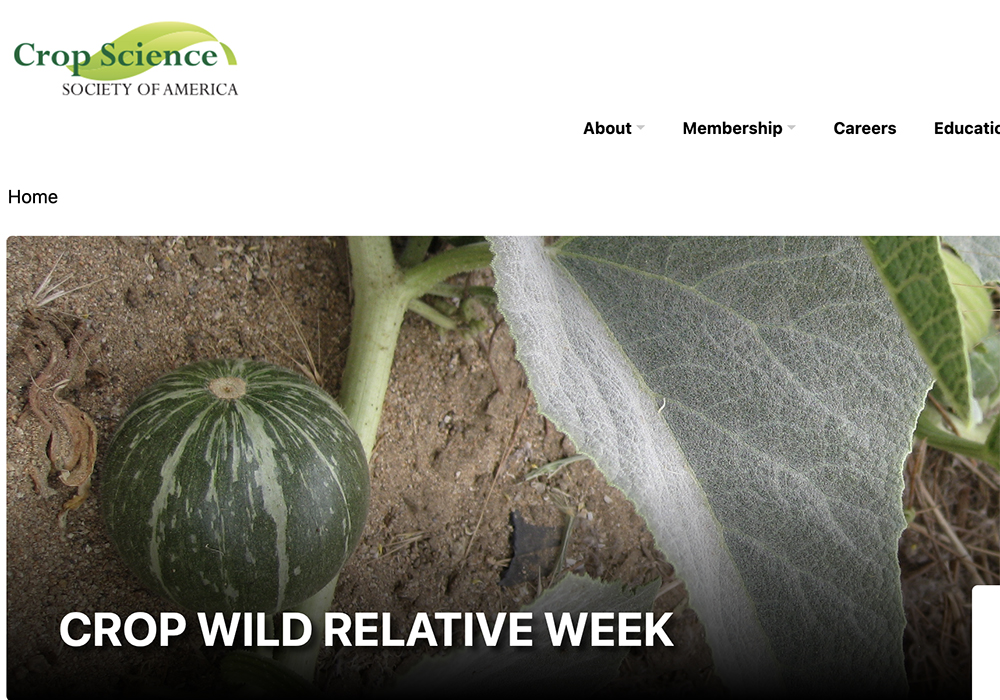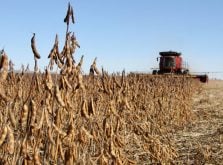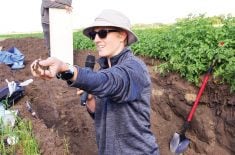We all have crazy cousins, right? Each September the Crop Science Society of America celebrates Crop Wild Relative Week, because the food we eat is derived from wild weedy cousins.
Crop scientists refer to the ancestors of today’s domestic crops as “crop wild relatives.” They grow in wild landscapes and have evolved in response to severe environments on their own. They have not had any changes to their genetics through human interaction.
We might enjoy eating wild strawberries or blueberries while hiking, but their yields aren’t big enough to feed your family. That’s why agriculturists have been selecting and breeding higher-yielding crops for millennium. They’ve searched for traits like yield, disease resistance and tolerance to climate extremes.
Read Also

Pakistan reopens its doors to Canadian canola
Pakistan reopens its doors to Canadian canola after a three-year hiatus.
Fruits, grains and roots of wild relatives are not as large as domesticated crops and some are bitter or have other negative factors. But these hardy plants have a natural diversity of traits that help them live in harsh conditions. These hardy traits are useful to breeders in the fight to create a sustainable and secure food supply.
Crop wild relatives are crucial to the longevity of our food supply. Every crop we eat was once growing in the wild, undisturbed.
Let’s raise the visibility of these wild and weedy kin and highlight the importance of crazy wild cousins.
















